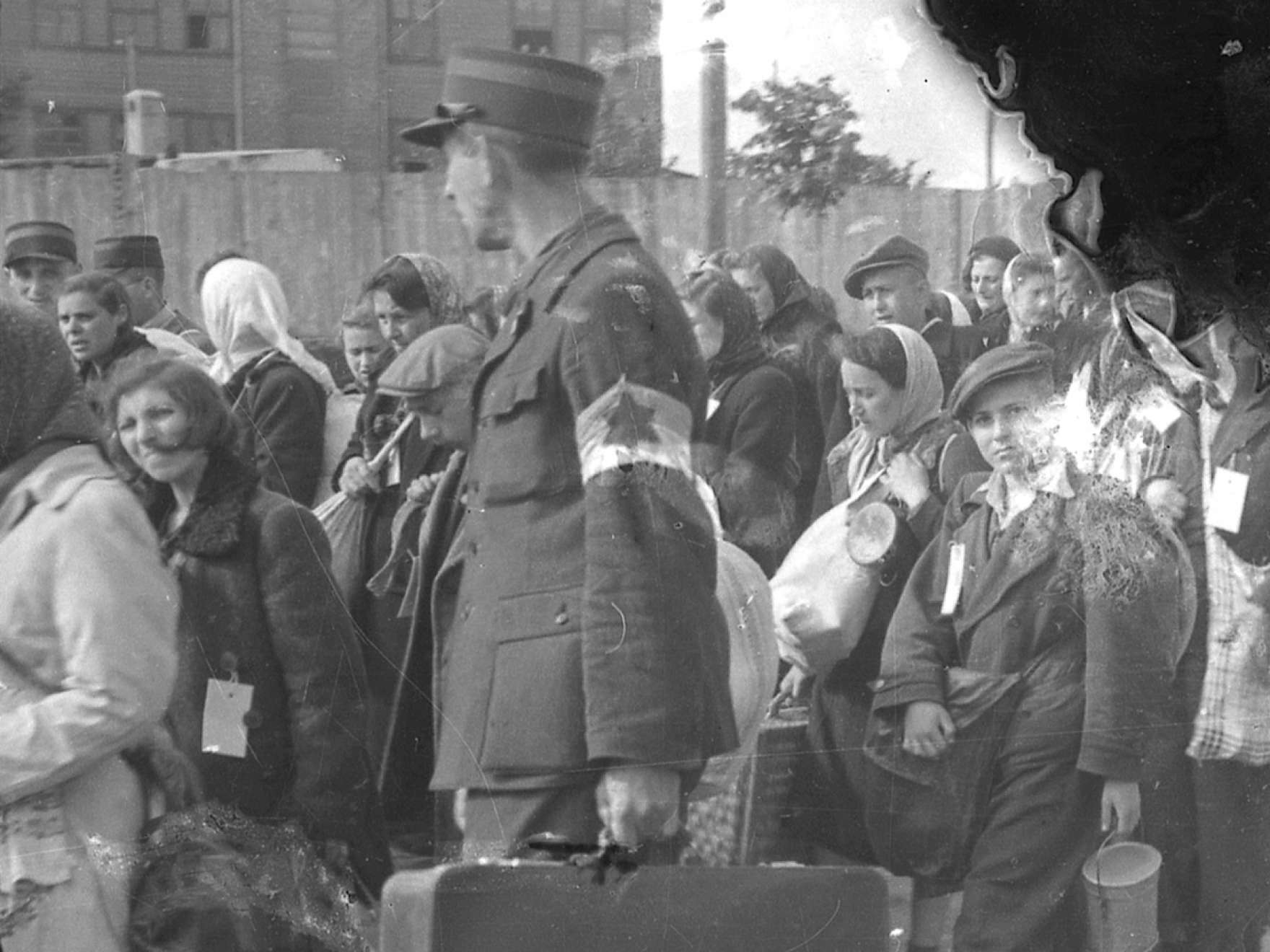Ivanhoe and George Washington
At Touro Synagogue August 19, 2017
On Shabbat we were honored by the presence of Eli Gabay, Parnas/Presdent of Philadelphia’s Mikveh Israel Congregation. Mikveh Israel’s roots are very similar to Touro Synagogue. It was a mostly Spanish and Portuguese congregation dating to the 18th century. They even received a letter from George Washington!
Mikveh Israel’s rabbi is Albert E. Gabbai. Rabbi Gabbai left his birthplace, Egypt, in 1971 after being jailed for three years. Egypt has a habit of jailing Jews. He studied at Yeshivah University and got his smicha at the Shehebar Sephardic Center in Jeruslaem.
Mikve Israel’s notables included Haym Salomon, who acted as a broker for Robert Morris, who was in charge of financing the American Revolution.
Mikve Israel’s Hazzan Isaac Leeser was among those who convinced seventy year old Judah Touro to include Jewish causes in his philanthropy. In Touro’s will, Touro Synagogue in Newport was one of the beneficiaries, as well as Moses Montefiore’s work in Jerusalem.
In 1838 Rebecca Gratz helped found the first Hebrew Sunday School. She may have been the model for Rebecca in Ivanhoe, by Sir Walter Scott. [The picture is from the movie version. Rebecca is played by a very famous jewess.]
Rabbi Marc Mandel turned our attention to George Washington:
"This weekend is the annual celebration of the famous letter written by President George Washington, to the Jewish Community of Newport, in 1790.
"Washington wrote that America’s citizens have a right to applaud themselves for creating a policy worthy of imitation. America is not just about tolerating different religions; in America, all citizens have inherent natural rights.
"This concept of respecting human dignity is very much a part of this week’s parsha, Re’eh: the parsha repeats a certain theme several times this morning.
וְזָכַרְתָּ֗ כִּ֣י עֶ֤בֶד הָיִ֙יתָ֙ בְּאֶ֣רֶץ מִצְרַ֔יִם' We should remember that we were slaves in Egypt.'
"Why must we remember this sad chapter in our history? Why do we have to focus on such a tragic point of our history?
"Rabbi Soloveitchik from Boston taught us that when we recall that we ourselves were slaves, we will be sensitive to others in need because we know what it’s like to be vulnerable and we know what it’s like to be on the bottom of the food chain.
"Remembering our slavery in Egypt is a sensitivity training experience for us as a people. When our friend Professor D. S. lectured here at Touro he reminded us that if you look carefully you will see that it is very often Jewish people that give the most charity, and are very philanthropic.
Tzedaka! That mitzvah is in this week’s parsha.This is because as Jews we have internalized our responsibilities to society.
'עֲבָדִים הָיִינו לְפַרְעהֹ בְמִצְרָיִם Avadim hayinu l'faroh b'mitzrayim. We were slaves to Pharaoh in Egypt.'
'So the words of George Washington echo the words of the torah-All people are created equal and have inherent natural rights. The founding fathers of this country knew the bible well-many of them read and understood Hebrew. Washington quoted from Yeshiyau [Isaiah] from the Haftarah that we are currently reading.
"I haven't been to the national museum of American Jewish History in Philadelphia. Maybe we will make a trip. But the story of the George Washington’s letter is a very important exhibit there. To paraphrase George Washington,-here in Newport we can applaud ourselves."






